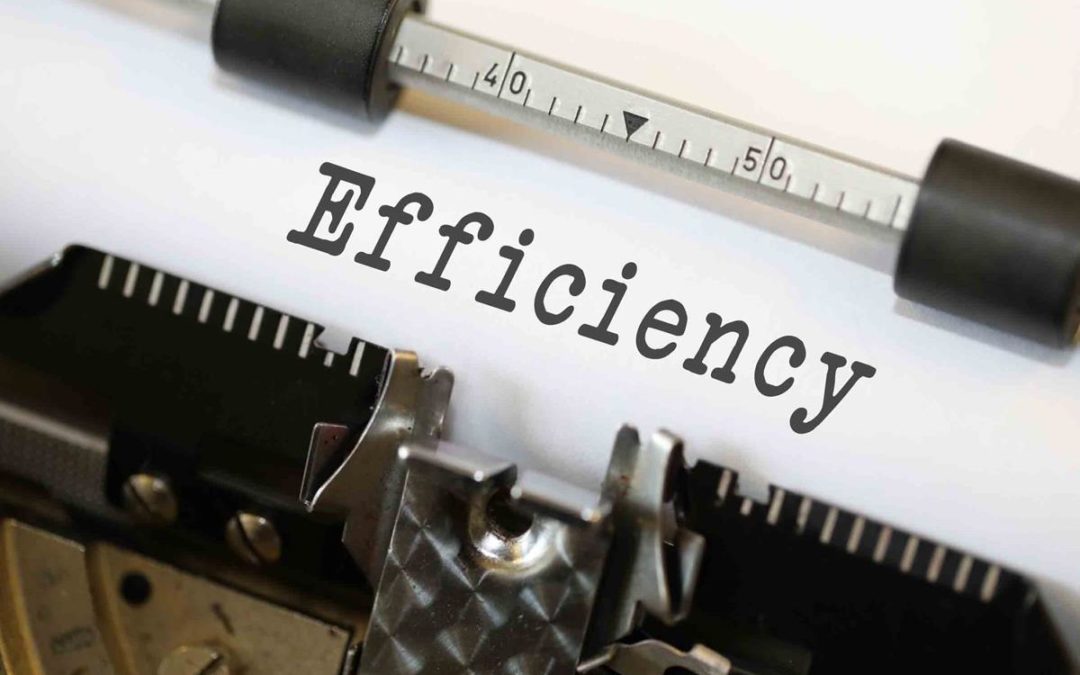
by Rob Dawson | May 24, 2019 | General
ERP uptake is growing. According to Reuters, at a compound annual growth rate of 9%.
This means that many businesses are transitioning from a series of bespoke applications for running their operations (Such as spreadsheets and/or fit for purpose applications for specific business operations) to a unified and integrated platform.
There are many reasons for doing this. Bringing these bespoke systems in to a single application can provide many benefits such as;
– Improved point in time Business Insight
– Eliminating data duplication
– Enhanced collaboration across business units
– Improved efficiency through common user experience
– Complete process visibility of the transaction life-cycle
But while these benefits can provide great value to a business, they aren’t without their challenges in obtaining them.
One of the identified challenges of ERP, is that ERP systems require large amounts of data and information to successfully deliver the aforementioned benefits. There are many ways of creating this data, whether by entering the information in to the system manually via data entry, allowing the system to import information, or configuring the system to create data on its own (Think recurring transactions for example).
A great way to relieve this overhead and provide greater efficiency around the ERP, is to introduce technology solutions to automate the data capture and posting to the ERP. There are many ways of doing this, including technologies like OCR, Electronic Forms, EDI, integrated POS, and eCommerce integration. The data captured from these systems can post directly to the ERP creating transactions and entries such as;
– Sales orders and invoices
– Stock and inventory updates
– Bulk pricing changes
– Customer information
– Payroll information including time-sheets and pay items
– Purchase and vendor bills
– Expenses
– Invoice payments
By automatically posting and creating these transactions in the ERP, businesses can avoid the data entry and transaction creation overhead on their personnel, streamlining processing and providing a wealth of business efficiency.
Understanding this challenge, DataDevice has created the Digital Automation Suite, solely designed to automate the processes of data collection and posting to ERP and Business Applications.
With existing integrations to SAP, Oracle NetSuite, Attache, Microsoft Dynamics, Sage, Infor, MYOB, Xero and many more, it may just be the solution you require to deliver the broader efficiencies you seek from your ERP.
More on the Digital Automation Suite here: http://datadevice.com.au/solutions.html

by Rob Dawson | Apr 8, 2019 | General
For many years companies like DataDevice have been focused on Accounts Payable automation, and implementing technology solutions to help control companies outgoings. Over time, we have come to the realisation that whilst there are many benefits to be had from implementing technology solutions around Accounts Payable, they aren’t holistic enough to enable pro-active cost control.
Once a creditor invoice hits the Accounts Payable department, that cost (Excluding a minority of instances) has ALREADY been incurred, and the company is placed in a position where they must fulfill their obligations to that supplier by paying the invoice.
Where this creates a challenge for business owners and their management teams, is that their only means of controlling their cash flow, and sticking within their budgets or cost centres, is by either postponing payment to the vendor, or attempting to negotiate down the invoiced amount. This is a sure fire way to damage your relationship with your vendors, putting at risk your ability to deliver the goods and services you provide to your clients.
So what can be done to remedy this issue?
DataDevice has found that by implementing our Digital Procure to Pay Automation solution, businesses get the benefit of both a purchase control solution, and an Accounts Payable automation solution in one turn-key system.
For Procurement, ground level staff have the ability to raise a purchase requisition or request from their mobile, tablet or computer which requires approval. Based on need, cash flow, budgeting or cost centre requirement, a request can either be approved or rejected. You also have the opportunity to find a better priced supplier if you identify the price is too high.
This is how you gain true control of your outgoings, and align them to your cash flow and budget requirements.
Once approved for purchase, the vendor receives and fulfils the purchase order, goods are receipted through the same interface the request is generated, and the vendor bill is received and matched to order and goods receipt. Assuming they match, this represents “pre-approval” and the invoice can be posted to your ERP or Financial Accounting System for vendor payment.
In short, there is no need to run the risk of cutting yourself short on cash, exceeding job and monthly budgets, or risking vendor relationships. All you require, is a digital purchasing system.

by Rob Dawson | Mar 31, 2019 | General
DataDevice, in collaboration with Khan’s IGA Group and ABBYY Australia, have been published in an article in IDM Magazine detailing how DataDevice Digital Accounts Payable Automation transformed Khan’s IGA Group Accounts Department.
Read more here;
https://idm.net.au/article/0012430-digital-transformation-delivers-dividend-khan-s-supa-iga



